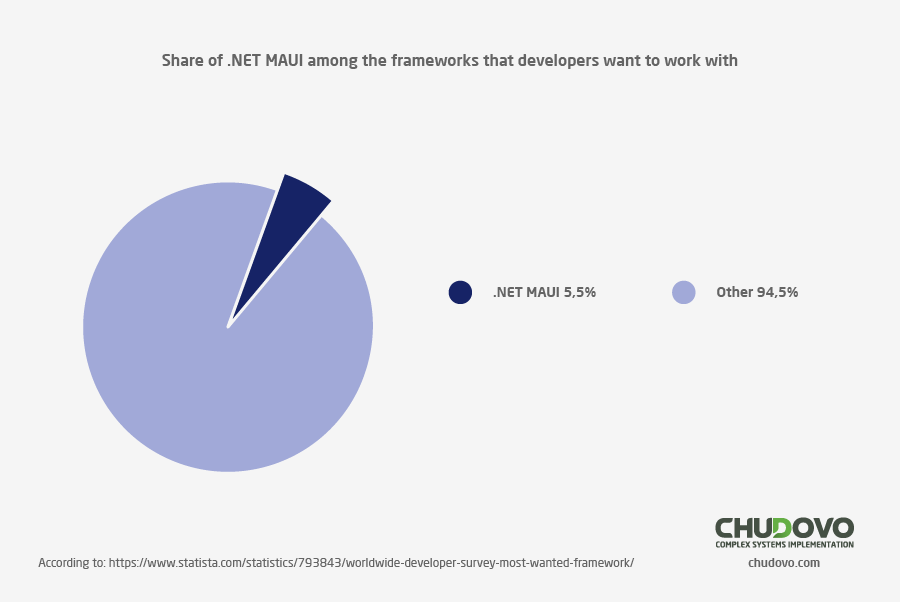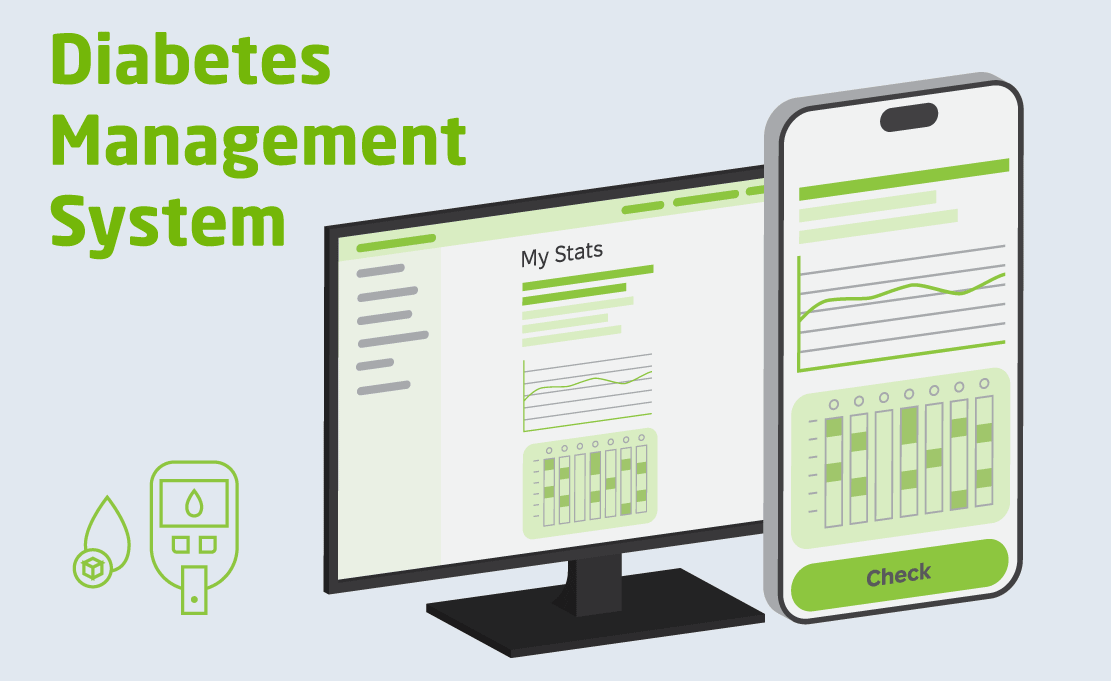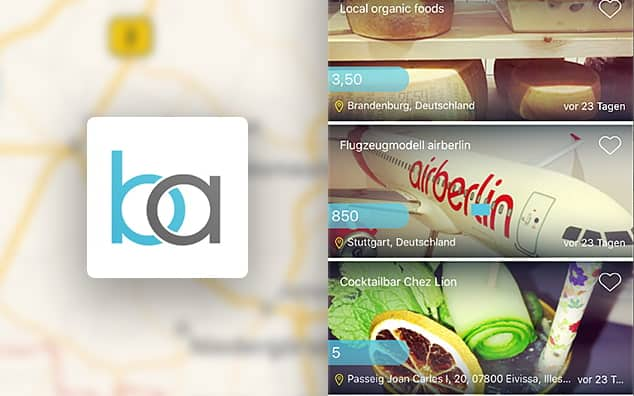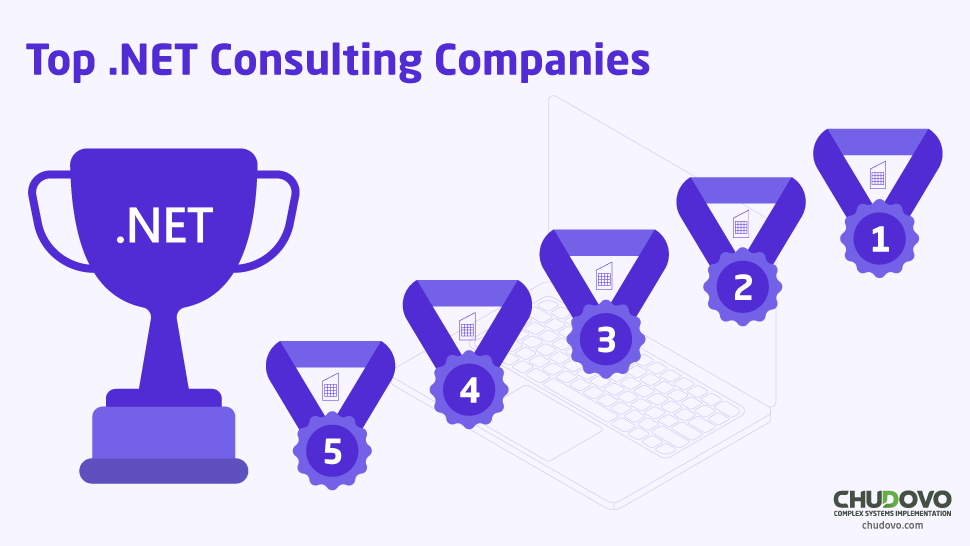Why Migrate Xamarin App to .NET and How to Do It
Microsoft is modernizing the .NET environment, and one of its recent efforts is to encourage the migration of Xamarin apps to it. But how and why do we do it? Learn here!
Previously, Xamarin was Microsoft’s leading technology for creating mobile applications in native code. It was a framework written in C# that allowed support for multiplatform development, running on iOS and Android. But it was discontinued in 2024 in preference for .NET, which is more modern and robust while also being integrated into a broader environment. Because of that, Xamarin won’t receive security and modernizing updates, which means that applications made with it are now insecure and legacy-coded.
It must be noted that this discontinuity of Xamarin is not a bad thing. For instance, Statista made this research on cross-platform mobile frameworks used by software developers. It had almost 30 thousand participants and revealed that, in the year before its discontinuity, only 8% of mobile developers used this framework. Later Statista released this other research, this time with 45,116 participants, showing the future for .NET and .NET MAUI, which is NET’s main library for mobile apps. The first one is the first most envisioned stack by current developers, with 21.9% saying they want to learn it. The latter, with an adhesion of 5.5%, shows how many developers are discovering the potentialities of this framework for creating modern cross-platform applications.

These numbers are proof that Xamarin was barely used in new applications. Despite that, old applications still use this framework, and the companies that rely on this discontinued framework should probably look for a technology migration. To be precise, according to HG Data, 29,707 companies still use this framework, which shows how popular it used to be in spite of its decline in recent years. In this article, we will discuss further how to do it and the benefits of migrating to more modern platforms.
Migrating from Xamarin.Forms to .NET MAUI
We must, first of all, understand a little bit about Xamarin, most specifically Xamarin.Forms, works, and how it differs from .NET MAUI. Then, we will be able to understand why it is so important to migrate Xamarin Forms to MAUI, even though they serve more or less the same purpose.
| Feature | Xamarin.Forms | .NET MAUI |
| Architecture | Based on Mono, projects are separated by platform | Based on modern .NET; a single multi-platform project |
| User interface | Personalized renderers to map native controls | Lighter and more performative handlers |
| Development tools | Limited XAML Hot Reload | Full Hot Reload for XAML and C# |
| Performance | Good performance, but with overhead due to the renderers | Better performance due to the upgrades in .NET’s runtime |
| Integration with Blazor | Unavailable | Native support for Blazor components |
| Libraries and Resources | Usage of Xamarin.Essentials as a separate library | MAUI.Essentials integrated into the framework |
| Updates and Support | Support ended in May 2024 | Continuous support alongside .NET’s new versions |
The statistics express themselves: the results of the research, which had more than 45 thousand responses, show that .NET MAUI has almost double the users of Xamarin. It is a fact that .NET has now become a solid framework to work with, with many capabilities to upgrade the quality of life of the developer and the performance of the applications. Also, if Xamarin.Forms code is legacy because of its discontinuance. .NET MAUI, on the other hand, is striving and in full expansion. This can be noted by seeing its very GitHub page: .NET MAUI is the most active amidst the .NET environment, and new code is pushed into its main branch almost daily. .NET MAUI has more than 22,6K starts on the GitHub.
Because of this, it is clear that migration from Xamarin.Forms to .NET MAUI and hiring professional .NET MAUI developers can be necessary for your project. It will make your application much more resilient to new flaws and security breaches and also ensure that it runs as smoothly as possible, greatly improving your user’s experience. Also, as MAUI’s open source community is one of the most active environments, it is clear that it will continue to grow, and your projects can become more and more complete and powerful. It will make future development easier and safer while not compromising your app’s performance and stability.
Migration of Xamarin Native Apps to .NET
Diving a little bit further into Xamarin’s implementation of the creation of native applications, we must understand how Xamarin.iOS and Xamarin.Android work and compare it with .NET native libraries.
So, first of all, Xamarin is based on Mono, an old implementation of .NET, and hence they both use the same programming language. It can provide for multiplatform development, and it compiles code directly into native code, so applications made with it have pretty good performance. .NET, on the other hand, with its .NET Android and .NET iOS libraries, allows the usage of the same codebase across many platforms. It also uses more modern libraries and APIs, being fully integrated into Microsoft’s development environment, hence reducing operational costs.
Given all of that, it becomes clear how important it is to upgrade your Xamarin native app to .NET environment, be it .NET Android or .NET iOS, for the benefit of your application and your customers. And so important is it that Microsoft has even provided a detailed step-by-step guide on how to do it, and it is not that complicated, actually. As they are based on the same language, upon the creation of the new app project, the files of the old one can be merged into it, and the compatibility issues can be fixed with more ease. This will ensure that your app is always up-to-date with the latest features, improved performance, and long-term support, making your application useful for everyone.
The Importance of Migrating from Xamarin to .NET
Now, we must let you know the importance of migrating your old Xamarin native app into .NET iOS and .NET Android. Bear in mind that it’s not a mere question of using new tech just for the sake of it: it is really important to be up to date, as we will discuss further here.
First of all, as time passes, new security flaws are discovered and fixed by the developers responsible for creating frameworks. So, as Xamarin was discontinued by Microsoft in 2024, if you don’t update, soon your application will be at risk of being hacked or suffering data breaches. Such a failure could very well put your whole company and career at risk – after all, it is really hard to reconquer lost trust.
Another big reason is that, as time goes by, it only gets harder and harder to maintain a deprecated codebase. As Microsoft has dropped official native cloud support for Xamarin, it is now a lot harder to make them work, as the developer has to turn around the new restrictions. Also, as Xamarin’s bad fame spreads, more and more developers lose interest in learning it, which makes it harder to find someone who would be interested in working with it. So, your application could very quickly become unusable due to the lack of maintenance: how would you, for instance, innovate your UI if no one’s willing to code it?
Those are some of the main reasons why it’s unwise to leave your application in a legacy codebase. There are still some other examples, but we don’t intend to provide you with an exhaustive list.
Challenges that Might Arise by Migrating Xamarin Apps
If holding fast to a legacy app is hard and not so good to do, migrating it into .NET isn’t that much of a simple task to accomplish. So, one of the safest choices to make to have your application up to date, safe to use, and maintainable in the long term is to have a .NET consultancy company migrate it to you. We will explain some of the challenges you might face if you choose to do it on your own.
First of all, you must know that that’s a hard and slow process. It is hard to understand a legacy codebase, and it is also hard to have it work in another environment. For instance, Xamarin requires specific renderers for everything in your application and different projects for each platform; .NET, on the other hand, doesn’t. It would require a large change in the architecture of your project, and it would surely take you a lot of time and effort.
Also, not every single external library you’d use in your old project would be available for the .NET environment. So, because of it, you would have to develop many logics and systems that were previously abstracted under an external library, and it wouldn’t be so easy to do. At last, you’d have to run extensive testing to be sure that your new application at least runs as smoothly as the previous one. It’s a huge process to at least reach the level where you started from, and all of this takes time and might fail in the first few tries.
So, it is best to save yourself your time and effort and have a .NET development company do the job for you. They are already used to doing these complex migrations and will be able to understand your application translated to .NET faster and perhaps even cheaper than you or your team. Because of all of this, it would be easier and spare you a lot of stress to hire an external consultancy to finish your migration, and you’d be rest assured that your application will work, be of great quality, and last you many years longer.
How to Choose the Company for Migration of Xamarin Application to .NET
Now, we have explained just how important it is to keep your application up-to-date and not use a discontinued stack, as is Xamarin. Given this, here are some tips to find the best .NET consulting company to do your migration, as it is of the utmost importance to have it done properly by a trusted team of developers.
- Experience in .NET: The chosen company must, of course, have a lot of experience in the development of .NET apps, as it is the desired stack to migrate to. It is quite hard to fully understand an application written in legacy code, so the team must be all-around very proficient to deliver a high-quality app.
- Experience in mobile app development: Knowing .NET is not per se proof that one knows how to develop native apps in .NET MAUI, as it is a different environment and uses different libraries. So, the desired company must have specific experience in the mobile development environment to be suitable for migrating Xamarin apps.
- Robust portfolio: Not only should the company have experience in mobile development, but it also must prove it by having a broad and trustworthy .NET portfolio. It is of great importance to let you visually see what they are capable of and also attest to their attention to detail and the delivery of well-optimized applications. It is always risky to trust a company that has no portfolio whatsoever because this way you don’t know what they do and what they don’t do as professionals.
- Reputation to care for their clients’ products: As the company will directly address the private data of your application, they must have a good reputation. That is, you must be able to trust them while dealing with your code and your data and be sure that they won’t do you any harm. To be sure about this, you must research their reputation online and gather information from services such as the Better Business Bureau and even the Federal Trade Commission. This way, you can be sure they will respect your information and your own company.
- Fair prices: That is an easy-to-understand requisite. We don’t mean that they will offer you a cheap job, but instead that their price will fit what they offer. So, as a technology migration is an investment – and frequently not a cheap one -, it must at least be a justified investment. So, if they want you a top-notch price, your application should, at the very least, also be of top-notch quality.
- They offer a feasible deadline: It is to be noted that migrating an application usually is a task that takes a while to complete. So, if their deadline is too long or too short, you should be suspicious of them. You should expect at least a couple of months, and maybe even more if your application is too complex.
These are the basic requisites to know whether a company offers a suitable Xamarin migration service for your application or not. They are more or less organized in an order of priority, though sometimes one parameter might prove to be more important than others. For instance, if an amazing company doesn’t fit your budget at all, it might be worth it considering a smaller one. Still, we consider it worth it to have your selected company fill at least 4 or 5 of these requisites so that you can rest assured of the quality of your app.
Conclusion
So, taking into account everything that we have discussed in this article, it is more than clear that it is really important to migrate your Xamarin app to a .NET environment. And, in case you want to reach out to us and discuss this job, you can click here and send us your request, and we will reply as soon as possible!
FAQ
Is .NET programming that different from Xamarin?
.NET and Xamarin have plenty of similarities and differences amongst themselves. While Xamarin was already part of the .NET environment, hence allowing the usage of C#, it uses some all-around old and antiquated paradigms. For instance, Xamarin requires that you code different projects for each platform, while .NET lets you use the same project. Also, .NET does not require you to program each of your renderers and offers a much better integration with the Azure ecosystem.
What is the market for .NET developers?
As this article written by us shows, the .NET environment is steadily growing. It ranks amongst the top-used frameworks currently and is extremely versatile. It allows for the development of web services, mobile and desktop apps with native code, web pages, and many more. Also, .NET has the best integration with Microsoft’s services, both cloud-related and with MS Windows’s native APIs. So, because of this, .NET is easily one of the best frameworks there is to learn and join the market.




